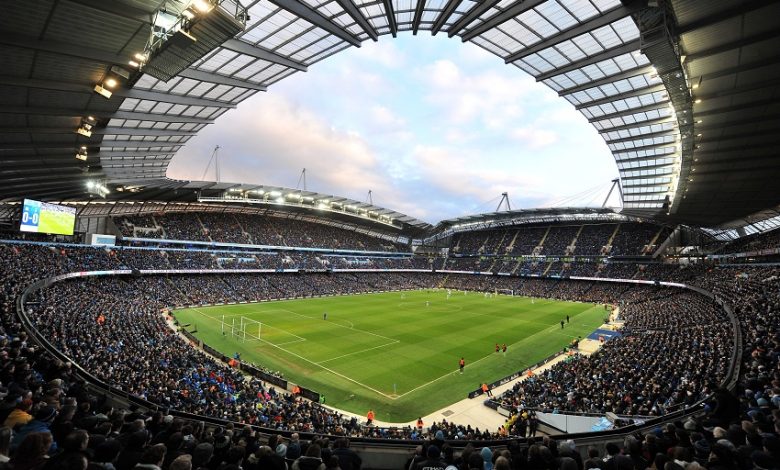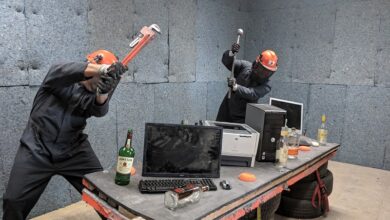
Seating plays an integral part in any sports venue. With the growing importance of sports and its culture, arena renovations have risen. In addition to stadiums worldwide, colleges are beginning to dedicate more attention to their athletic departments to teach the importance of sports among younger generations.
Stadium seating suppliers across the globe have expanded their inventory and provided seating solutions for a variety of sports and stadiums based on their needs. High-quality seating is used to extend the life of venues for generations to come.
Evolution of seating
Stadium seating remains the most crucial venue – the Olympic stadium or college arenas. The impact of good quality seating and its configuration has evolved dramatically over the last five decades. It reflects sports fans’ changing expectations and demands and dictates how they socialise at games.
Back in the 20th century, premium seating was not considered an option. Most venues settled for standard seating with little or no armrests. The middle seats had a width of 19 inches and a 33-inch thread.
Fast forward a few years, numerous factors influence the seating plans. The increased demand for comfort has expanded the seat size to 20 inches in width with 34-inch threads. Today, Arenas boast of high-definition screens and increased ticket prices, making cramming more seats out of the question.
Spectators and audiences today crave comfort and access. They require space accommodated by the slight change in dimension over the years.
How to identify the best arrangement for your venue?
Owners need to have an approximate seat count before designing new constructions or renovations. This is not usually a number that is chosen randomly. It involves a detailed study of the market feasibility, which consists of a breakdown of demographics, current trends, and projected fan base.
Clients must understand their target audience and their competitors. The seating in the facility needs to be tailored to suit the requirements of their audience and be able to help the venue generate good revenue over the years.
Stadium seating suppliers provide vital insights that help venues plan to significantly benefit their viewers.
Creating the stadium experience
Establishing a good atmosphere is of vital importance to the success of venues. It is necessary to facilitate a connection between the visual and audible aspects for the spectators during events to achieve this. Even those seated the furthest away must feel connected to the game.
The noise that is generated by the crowd plays a vital role in the game experience. It is a confidence booster for the players and provides viewers with an unforgettable experience.
Venues compete with the experience rather than staying at home and watching a game. With home theatre systems seriously improving their game with revolutionised products in the market, the need for venues to match the standard is critical.
The different types of seating that are recognised as an architectural success
- Arena Seating
- VIP Arena Seating
- The RailSeat
- The ARC Seating
- The FCB Arena Seating Range
Conclusion
There are many arrangements and types of seats that cater to the various requirements of venues. These are designed to satisfy both the open air and indoor prerequisites.
Carefully planned seating lends a colossal impact to the viewer experience. It promotes the culture of sporting communities coming together and watching games. It plays a massive role in keeping the sporting industry thriving.





